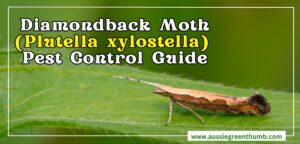White mites are a problem for gardeners in every corner of the globe but are particularly problematic on dry soils. For veggie gardeners and houseplant parents in particular, they can cause recurring problems.
Controlling white mites is a matter of consistent and attentive care for your plants, and maintaining a good mix of tidy and rough borders in your garden. Indoors, cleaner homes and happier house plants should provide at least a partial barrier against them.
In this guide, we’ll share some handy information about the lifecycle of the white mite, and how you can use that against it.
More...
Genus: | Tetranychus |
|---|---|
Species: | urticae |
Common Names: | White mite, Two-spotted spider mite |
Type: | Wingless mite, Arachnid |
Size: | 0.4 mm long |
Key features: | Incredibly small, with cream or white colouring. Typically with two black spots either side of its body. |
Colour: | White or cream |
Effects: | Feeds on plants, leaving thousands of small bite wounds on leaves. Can infest homes and feed on dust. |
Prevention: | Predators, organic insecticides, and regular watering |
What are White Mites?
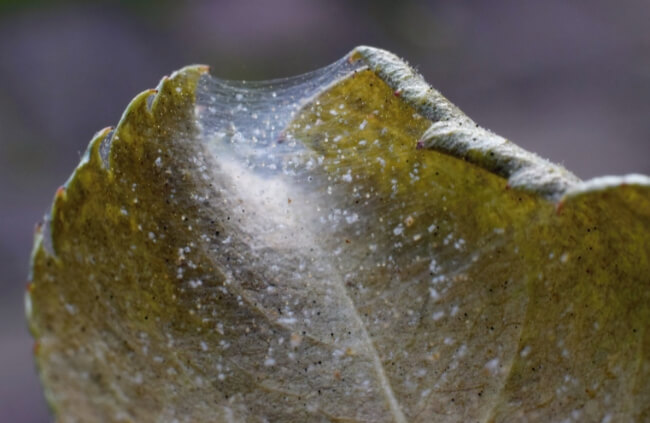
White mites are a common household and garden pest. They are one of the smallest members of the arachnid family, measuring just 0.4 mm in length. They are a subspecies of Tetranychus urticae, the two-spotted spider mite, a close cousin to red spider mites, but harder to spot.
Thanks to their tiny size they don’t have many identifying features but under a microscope, they have faint spots on either side of their body, and are usually white or creamy-white in colour, with eight legs (four forward-pointing, and four backward facing).
Their diet is entirely herbivorous, but they will eat both dry decaying plant materials, and living foliage. They do not generally carry diseases from one plant to another, but create the conditions for fungal and bacterial infections by piercing the underside of leaves and sucking sap.
White Mite’s Natural Habitat
White mites are found everywhere on earth where there are plants to feed them. They thrive in dry soils but can survive wet conditions too. Their more specific habitats in our gardens are generally decided by wind rather than choice as their larva is carried from one place to another, before travelling short distances to more habitable conditions – usually dry soils.
White Mites Life Cycle
White mites have incredibly short life cycles lasting no more than three weeks from hatching to adulthood. Adult female mites are larger than males and lay around 6 eggs per day, which hatch about a week later.
When laying, the female will usually (but not always) create a fine web around the eggs to protect them from predators. Unlike other arachnids, these webs are not used to catch prey, but as a protective shield.
After hatching, the larva feed and develop within a couple of days into larger nymphs, which feed until they shed their skins and develop into adult mites. Their shed skins are often found on brassicas in large numbers on the undersides of leaves.
This cycle recurs at any time the temperatures are above freezing, and both adults and eggs can lie dormant in reasonably dry soil right through cold, frozen, winters, before emerging in spring.
What Plants Do White Mites Affect?
White mites are not choosy pests. They will eat anything, apart from a handful of plants that actively harm them or have odours that deter them. Their preference is the tender new growth of annuals and herbaceous perennials, as they tend to grow in the right conditions, but they are particularly fond of tomatoes, beans, brassicas, and fine-leaved house plants.
How to Identify White Mites
White mites are hard to spot, but if they lay eggs indoors, chances are it will be accompanied by webbing between leaves, or a small cluster of eggs covered in a fine web.
Very heavy white mite infestations can result in a complete coating of the tiny white bugs on your plants, but it’s very uncommon.


Get Your Free Guide:
Master Growing Australian Natives eBook
A Must Have Complete Guide for Every Australian Garden
Get Your Free Guide:
Master Growing Australian Natives eBook
A Must Have Complete Guide for Every Australian Garden

Where to Spot White Mites on Plants
The best place to spot white mites is the underside of leaves. Chlorophyll is their main source of energy and it’s most accessible on the underside of foliage. Plus, hiding underneath leaves offers protection from watering cans and rain.
Occasionally, you might see white mites crawling across dry soil or over pebbles, but they are not nearly as easy to spot as red spider mites.
Signs of White Mite Damage on Plants
White mite damage is identical to spider mite damage. Early signs can be seen with regular inspection of foliage, showing miniscule spots on the underside of leaves. As the spots heal they become darker, and often go unnoticed if they stay healthy.
If the bite wounds on leaves become infected, they usually develop a rusty colouring, which will eventually show as larger spots on the surface of a leaf. On young shoots and stems, white mites can cause similar finely speckled damage, which prevents buds and leaves from opening fully.
What Causes White Mites
Dry soil
White spider mites adore well-fed, dry plants. Houseplants are particularly prone to these conditions as we end up feeding them more, but water less than we should. It’s a habit shared by most house plant growers, and one that means the soil is dry but the plant is reasonably healthy – a perfect white mite host.
Warm summers
Drought or hot summers mean that even if you irrigate your garden well, the soil surface will dry out again quickly. That means white mites can move between plants, and their egg larvae will be able to crawl back up if it’s washed off.
If you have a white mite problem in your garden, water deeply once or twice a week, to maintain soil moisture, rather than shallow irrigation daily.
Cereals and dried seeds
They need food, and require chlorophyll in the longer term to breed a healthy population, but can survive for short periods on dust or dried plant materials like grain, or even cotton fibres, meaning they are often found in homes that have no houseplants (but, more commonly, these mites are dust mites or grain mites).
Leaf litter and untidy borders
Leaf litter and mulch are great ways to keep soil moist, but the surface of that litter not only provides dry space for white mites, but food also.
Keep your prized borders and veggie beds tidy as much as possible during the growing season, and over winter, add mulch or leaf mould, and leave some stems to die back naturally. This will encourage natural predators.
Lack of biodiversity or predators
While it’s important to keep annual borders and veggies beds tidy during the growing season, leaving them untamed over winter can be a great way to manage a white spider mite problem.
It won’t actively get rid of them and does provide shelter for the pest species over winter, but it also promotes parasitic wasps, carnivorous arachnids, beetles, ants, and ladybirds, which all predate white mites to some degree.
How to Prevent White Mites
Prevention is always better than the cure. It might be clichéd but it’s true. White mites are surprisingly easy to deter, at least in concentrated locations, by planting cleverly, and maintaining your garden in a way that they hate.
Houseplants can benefit from similar methods of prevention, though companion planting is admittedly harder indoors.
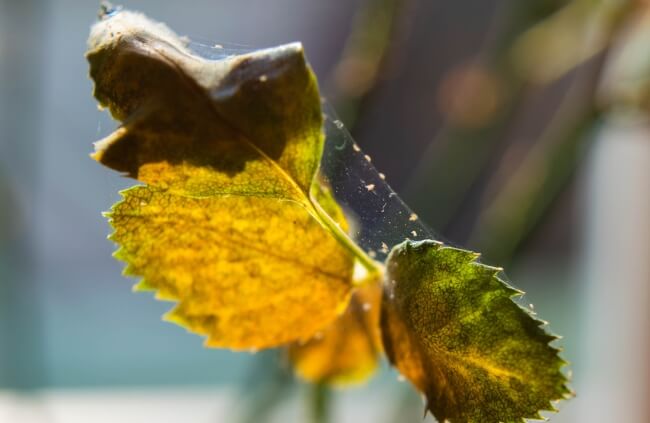
What Plants Prevent White Mites
Most highly scented herbs, despite many growing in ideal white mite conditions, are incredibly effective white mite preventatives. Alliums like onions, garlic, and chives offer some protection too, simply because the scent confuses pests, including white mites from settling in a certain spot.
The best white mite repellent to plant with tomatoes though is undoubtedly basil. Its intense aroma does seem to attract slugs, but rarely to the detriment of your tomatoes, and its ability to fill a greenhouse with fragrance keeps other pest species away too.
Out in the garden, try planting strongly scented Mediterranean herbs like rosemary and lavender, which will take up your dry borders with plants that these tiny pests detest.
Organic White Mite Prevention
Indoor houseplants can benefit from a scattering of herbs in pots too, but if space is an issue, dropping a few drops of rosemary essential oil or eucalyptus oil around the rim of your plant pots does have reportedly positive effects against white mites.
How to Care for Plants to Prevent White Mite Infestations
Above all else, when dealing with white spider mites, and trying to break their lifecycle, keeping your plants well-watered will interrupt their breeding. White mites can live dormant in the soil but struggle immensely when that soil is wet.
Watering your plants really deeply for one or two weeks during their peak season in summer will break the lifecycle of white spider mites in that spot. By breaking that laying cycle you can rid yourself of them.
For houseplants, take care with this method. Overwatering can cause root rot and other fungal problems, so should only be done in pairing with good drainage, and appropriate ventilation.
How to Get rid of White Mites

White Mite Treatment Reviews
1. Eco Oil Botanical Insecticide
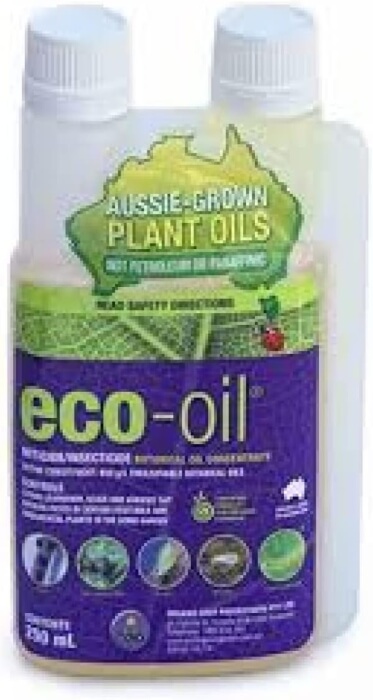
I haven’t been using these plant defence sprays for that long, so can’t report on the longevity of their effects, but they are pretty ingenious sprays that not only kill problem insects on contact but attract predatory species.
They work by mimicking the chemicals that plants release when they are under threat. These chemicals are known to actively attract ladybugs, who know the defence odours of plants from miles away.
The results are dead pests, and a new population of beneficial insects to predate any offspring that was missed.
Pros
Cons
2. Defender Pyrethrum Insect Spray
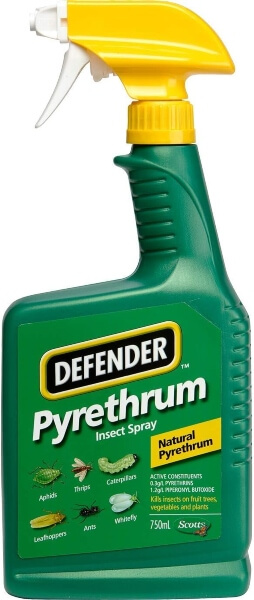
Pyrethrum spray often puts gardeners off because it sounds like chemical control, and they’re not wrong, but it’s worth noting that pyrethrum is a naturally occurring chemical in the pyrethrum genus, particularly present in chrysanthemums.
The chemical isn’t just a pest deterrent, but it attacks their nervous system. Using pyrethrum sprays on pest species should be done with care, but is safe for indoor use, and non-toxic once dried.
Pros
Cons
3. PurelyBlack Pure Peppermint Oil
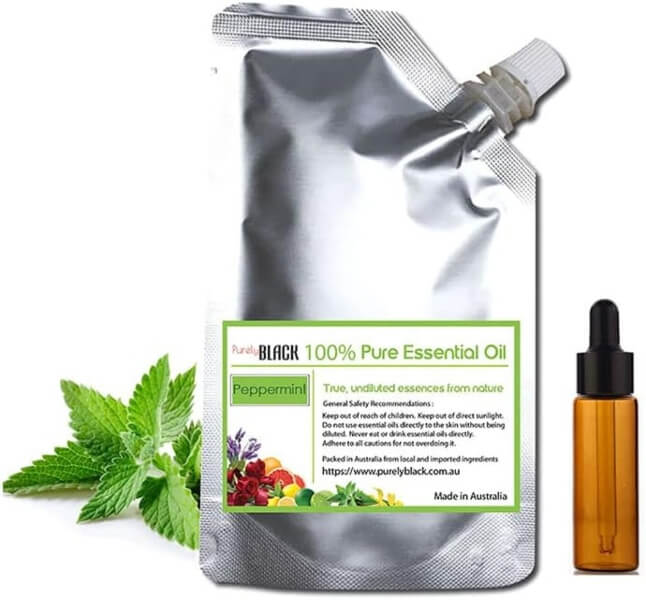
Peppermint oil, if directly applied to mites, is an effective insecticide. It can be mixed with water to produce a mild insecticidal spray or directly applied to infestations before washing off to prevent damage to plants.
Alternatively, you can use pure peppermint oil like this as a preventative treatment by dropping several drops of the oil around the rim of your pots. The scent confuses and deters white mites reasonably well, and even better when used in conjunction with lavender or rosemary essential oil.
Pros
Cons
4. Plant Needs Neem Oil
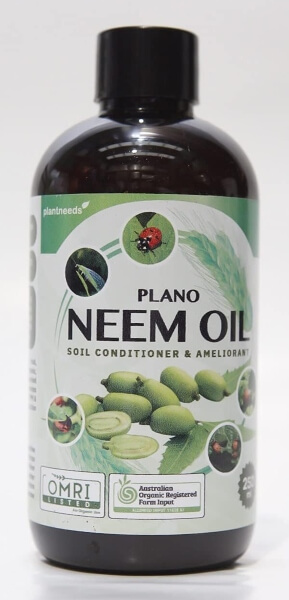
Neem oil is my go-to pesticide, particularly for leaf-feeders like white mites as it not only treats the pest but treats any resulting fungal infections too. Neem oil is intensely repellent to insects, forcing them to stop feeding so they starve to death. Directly treating insects will interfere with hormone production too.
It is safe to use on most plants but should be applied with care outdoors to avoid spraying pollinators. Once dry it remains effective until it washes off. Neem also has active antifungal properties, so any wounds to leaves are effectively sterilised.
Pros
Cons
Best DIY White Mite Treatment
While it is never 100% effective, good old-fashioned soap and water does make a big difference to white mite infestations. All you need is a spray bottle, lukewarm water, and a teaspoon of dish soap. The water is simply a carrier.
The soap is an effective ingredient as it suffocates the tiny insects on contact creating an oxygen-proof layer that sticks to them, unlike water, which just rolls off. Repeat applications of this solution every two or three days for three weeks should remove the adults, and the emerging young before they lay new eggs.
Note: Rinse off the leaves a few minutes after each application, as soap can also clog plant pores.
Frequently Asked Questions About White Mites
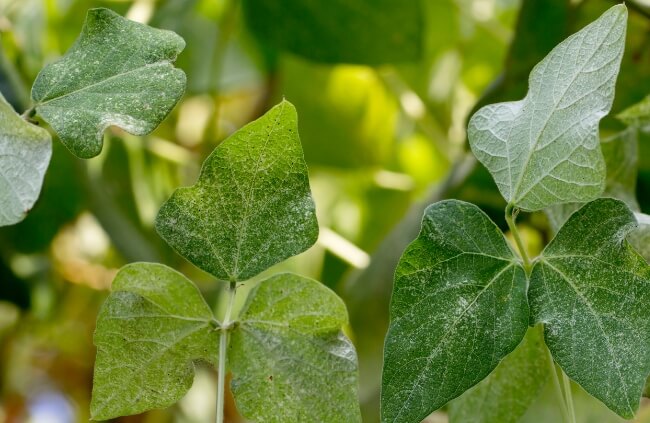
What causes white mites in the house?
White mites can be found in our homes even without houseplants. They are carried in clothing, shoes, and garden tools, and can survive either in dormancy or by feeding on organic fibres and grains.
Are white mites visible to the naked eye?
White mites are visible to the naked eye, but they are hard to make out and are generally about the size of a grain of sand. They are white or creamy white and hide on the underside of leaves too, so while they are visible, they are incredibly hard to spot.
Are white mites harmful?
White mites are not directly harmful to humans. Their mouth parts aren’t big enough to pierce human skin. However, their webs, shed skins and rapid lifecycle mean they produce a lot of dust, so should be controlled more vigorously if you or anyone in your home has dust allergies.
Do white mites go away?
White mites will not go away on their own. They need a change in conditions to break their lifecycle or some form of organic pest control.
Can white mites spread?
White mites spread on wind, through clothes, on animal fur and pretty much any other means of transport they can find. If you have white mites on one houseplant, they will likely spread to other houseplants if left untreated.
How long do white mites live in a house?
The total lifecycle of a white mite is three weeks, which can include laying up to 70 eggs. If there is sufficient food in your home for them, the population will survive indefinitely, but if all food sources are removed, and the areas are cleaned, the eggs will hatch with nothing to eat, and quickly die off.
What time of year do white mites come out?
White mites come out in spring and are most prevalent in summer, but are known to live and thrive all year round in warmer parts of Australia as they actively breed at temperatures between 10°C and 35°C.
For more guides to help you get rid of garden pests, check out our list below:
Wrapping Up Our Guide to White Mites
White mites are a common problem, and they’re not going away any time soon. They are one of many species of spider mites, highly adapted to a variety of climates, and able to survive in temperatures up to 57°C, and below freezing.
So, living with white mites is a necessary evil, but that doesn’t mean you can’t get rid of them. White mites are simple arachnids, and managing your soil conditions, moisture levels, and taking care of your garden the right way at the right time of year generally minimises their presence.
Published on September 5, 2023 by Gary Clarke
Last Updated on February 24, 2025



